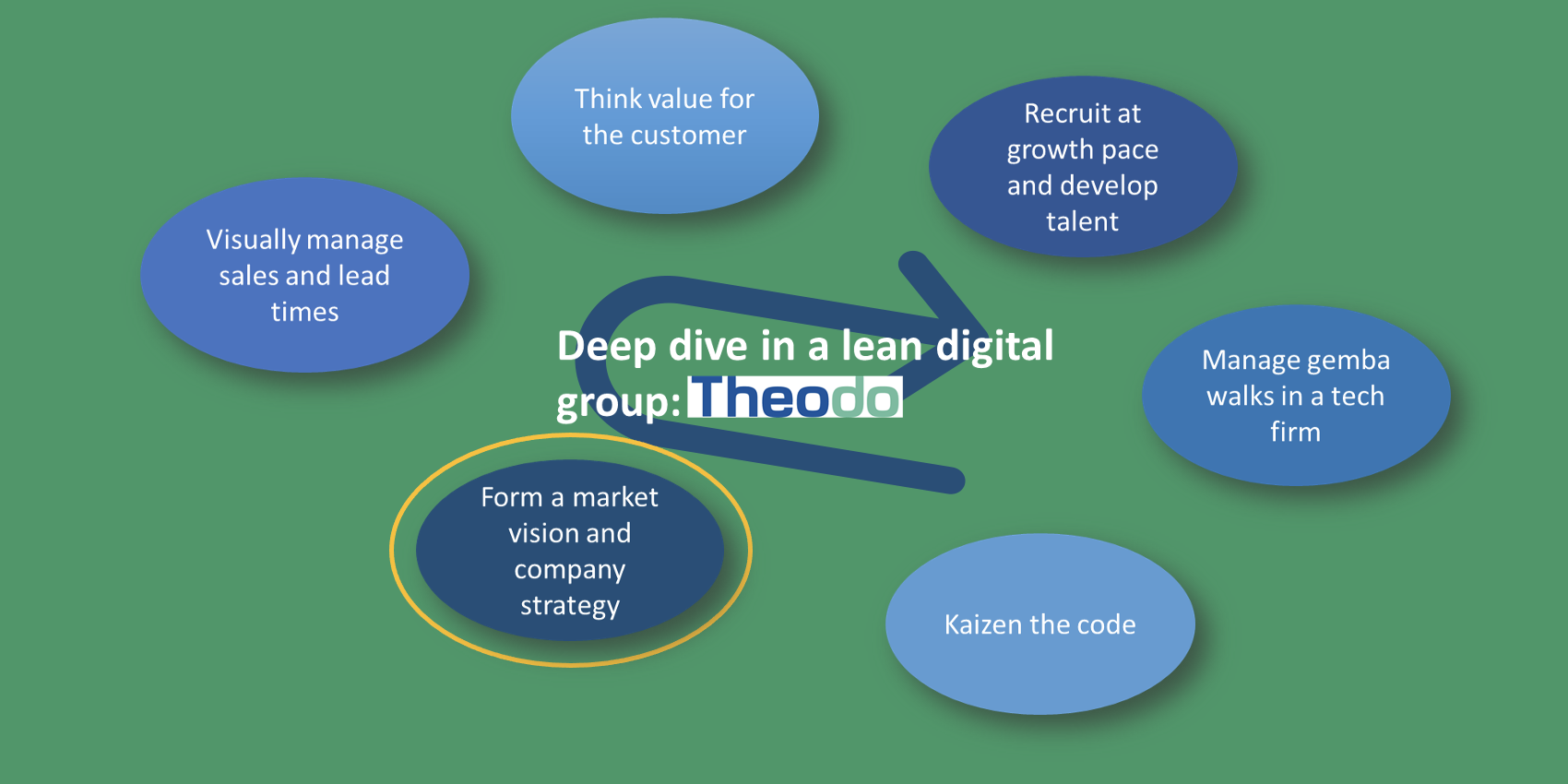
How mental schemas have us jump to solutions
FEATURE - Mental schemas help us to process information, but they often lead us to blindly jump to solutions without understanding the problem. Here, the author explains how Lean Thinking mitigates that risk.
Words: Tshepo Thobejane
Psychologists tell us that our brains use shortcuts and frameworks, called schemas, to make it easier to organise our knowledge about the world and understand new information. Schemas are mental frameworks stored in memory, containing basic knowledge about the concepts we know. They are used to guide perception, interpretation, problem solving, imagination, and day-to-day interactions. They allow us to simplify and allocate our limited mental capacity efficiently. Our schemas are developed through experiences, and once formed, they exert strong effects on the way information is processed and interpreted.
While schemas can be beneficial for improving our cognitive efficiency, however, they can also lead to errors in judgement. Sometimes, existing schemas can hinder our ability to learn new information. One reason for this is that schemas lead us to pay attention to information that fits into their current framework. That’s why, in many cases, we are more likely to notice and remember information that supports our beliefs about the world than information that challenges them. This is one of the tendencies that create the confirmation bias phenomenon. Once we have them, schemas influence how we seek out and interpret new information. Therefore, understanding how schemas operate can help us to explain how biases are maintained.
When new information matches our existing mental schemas, we will remain in a state of cognitive equilibrium. In the event that we encounter new information that does not easily fit into our existing schemas, we will experience an unpleasant mental state called “cognitive disequilibrium” or “cognitive dissonance”. In order to return to a state of equilibrium, we can either ignore the new information or attempt to manage it. According to Jean Piaget, we use two complementary adaptation processes to manage the discrepant information: assimilation and accommodation.

Assimilation is the easiest process because it does not require a great deal of adjustment and the schemas are unchanged. We add new information to our existing schemas, sometimes reinterpreting the new information so that it will fit in with previously existing information. Most of our blind spots and biases develop when there are environmental factors that do not allow us to move beyond the assimilation process.
The process of accommodation is more demanding, because it involves altering one's existing schemas or ideas, as a result of new information or new experiences. Assimilation and accommodation work in tandem as part of a continuous learning process. The former is usually the first process that we employ whenever we encounter new information, while the latter is introduced when we recognise that assimilation can’t properly explain a certain piece of information.
The Lean Thinking community has been very active in developing practices and tools that mitigate the potential risk of our schemas driving us to jump to solutions without understanding the problem. This can be evidenced by their recognition that the three most common problems in problem solving are:
1. Assuming we know what the problem is without seeing what is actually happening.
2. Assuming we know how to fix a problem without finding out what is causing it.
3. Assuming we know what is causing the problem without confirming it.
Further to this, practitioners and coaches are encouraged to develop a questioning mind. Knowing how to ask the right questions to provoke the right kind of thinking has always been critical in Lean Thinking. Indeed, at every problem-solving step, we are encouraged to ask ourselves and/or those we are coaching:
• What do we actually know?
• How do we know it?
• What do we need to know?
• How can we learn it?
Additionally, we are encouraged to spend time at the front line and involve the thinking of different stakeholders who are impacted by the problem. I believe that the combination of these questions and practices create a seamless integration between the assimilation and the accommodation cognitive processes, which develop better schemas for better problem-solving.
So, how do you keep yourself from falling into the trap of thinking that you know when you don't really know? Have you used the above questions before? If so, what was your experience?
THE AUTHOR

Read more


FEATURE - London-based startup Elastera may represent the example of a company aspiring to be lean from the outset rather than trying to fix itself later through a transformation.


FEATURE – In the final article of her series, the author spends a day with Theodo’s CEO and co-founder to learn how lean informs its strategy and vision.




INTERVIEW – In 2020, GE Appliances had to stand up a brand-new assembly process for a new dishwasher. The leader responsible for the program explains how LPPD helped them to get it right.

